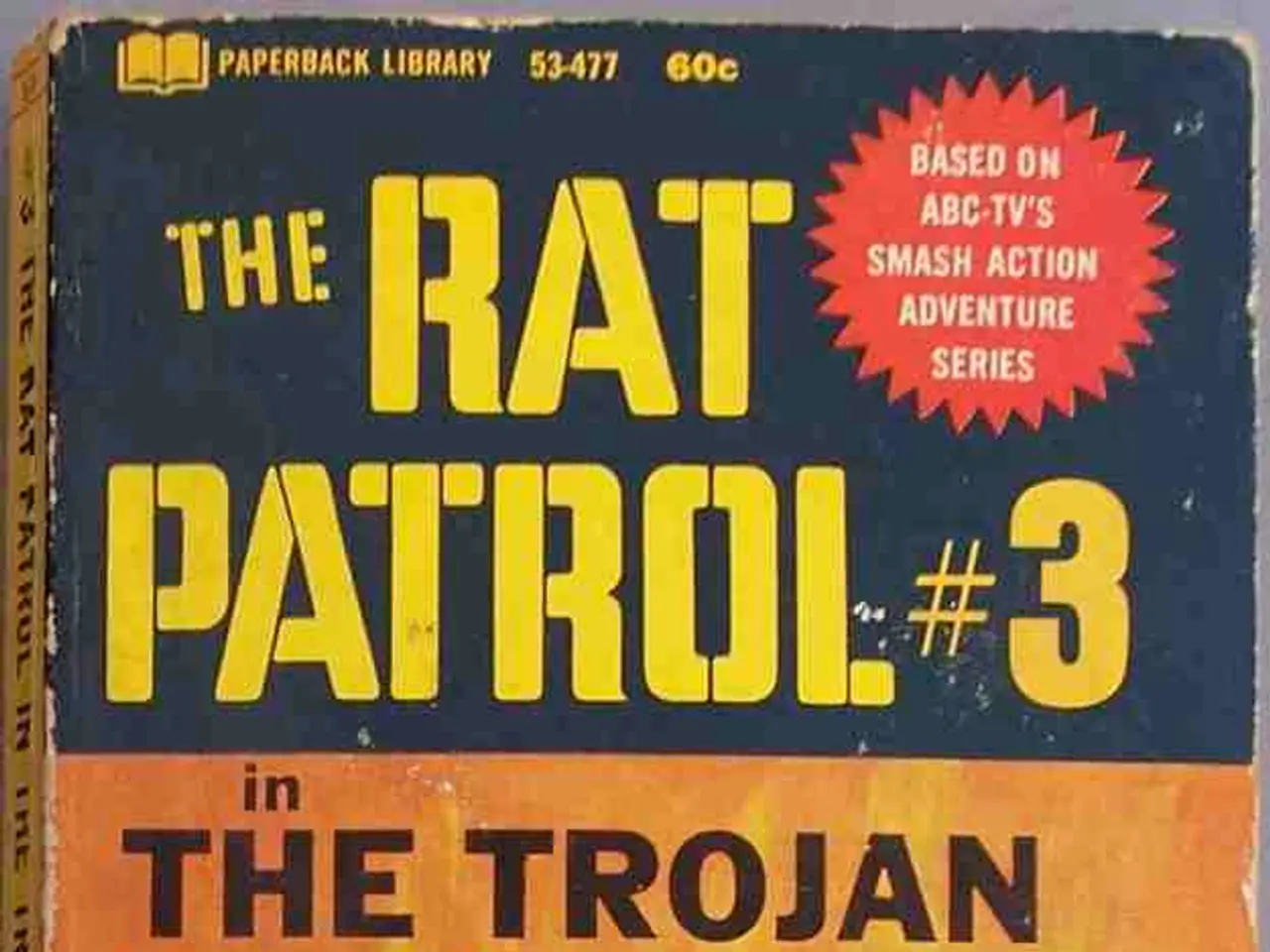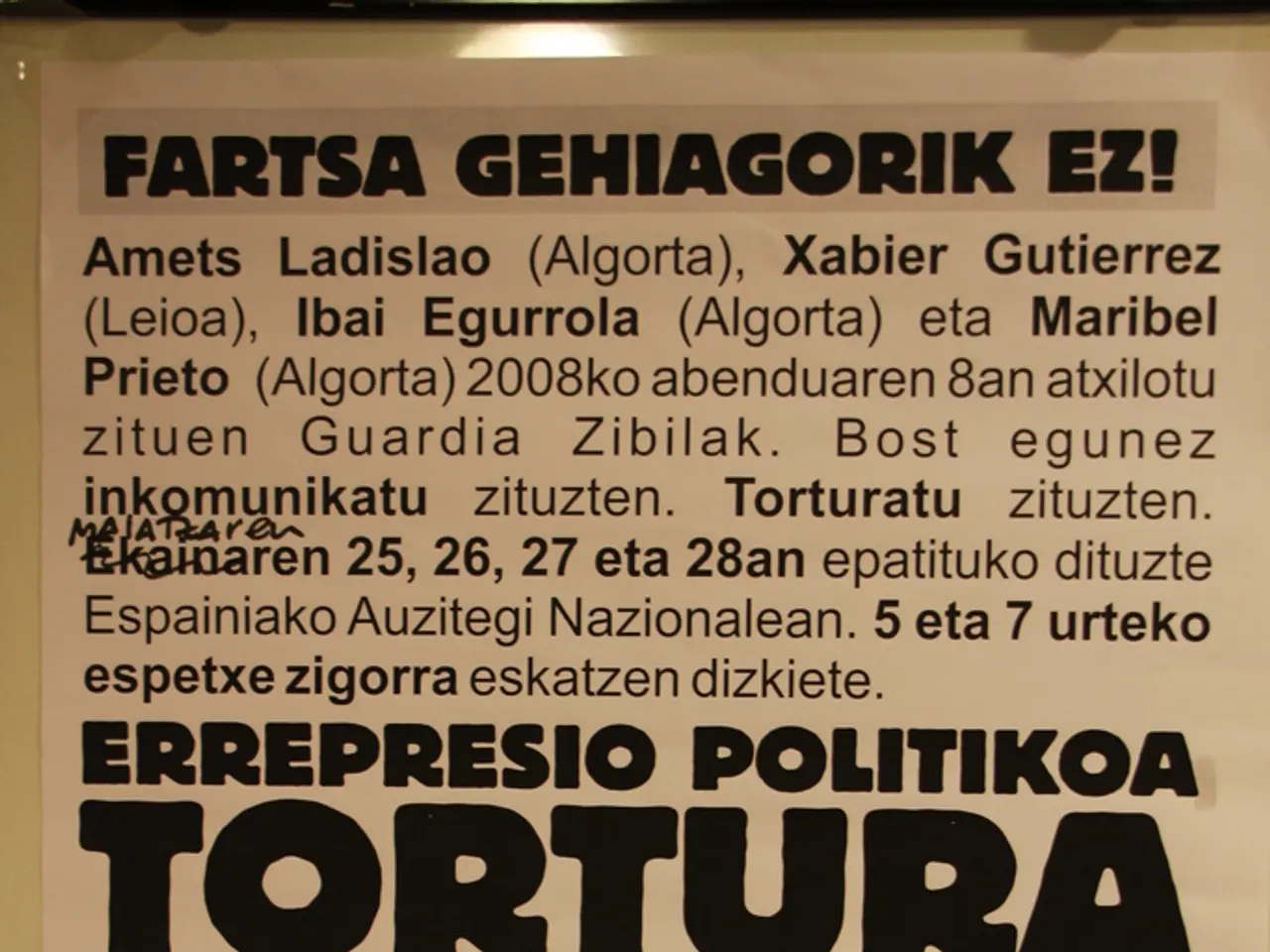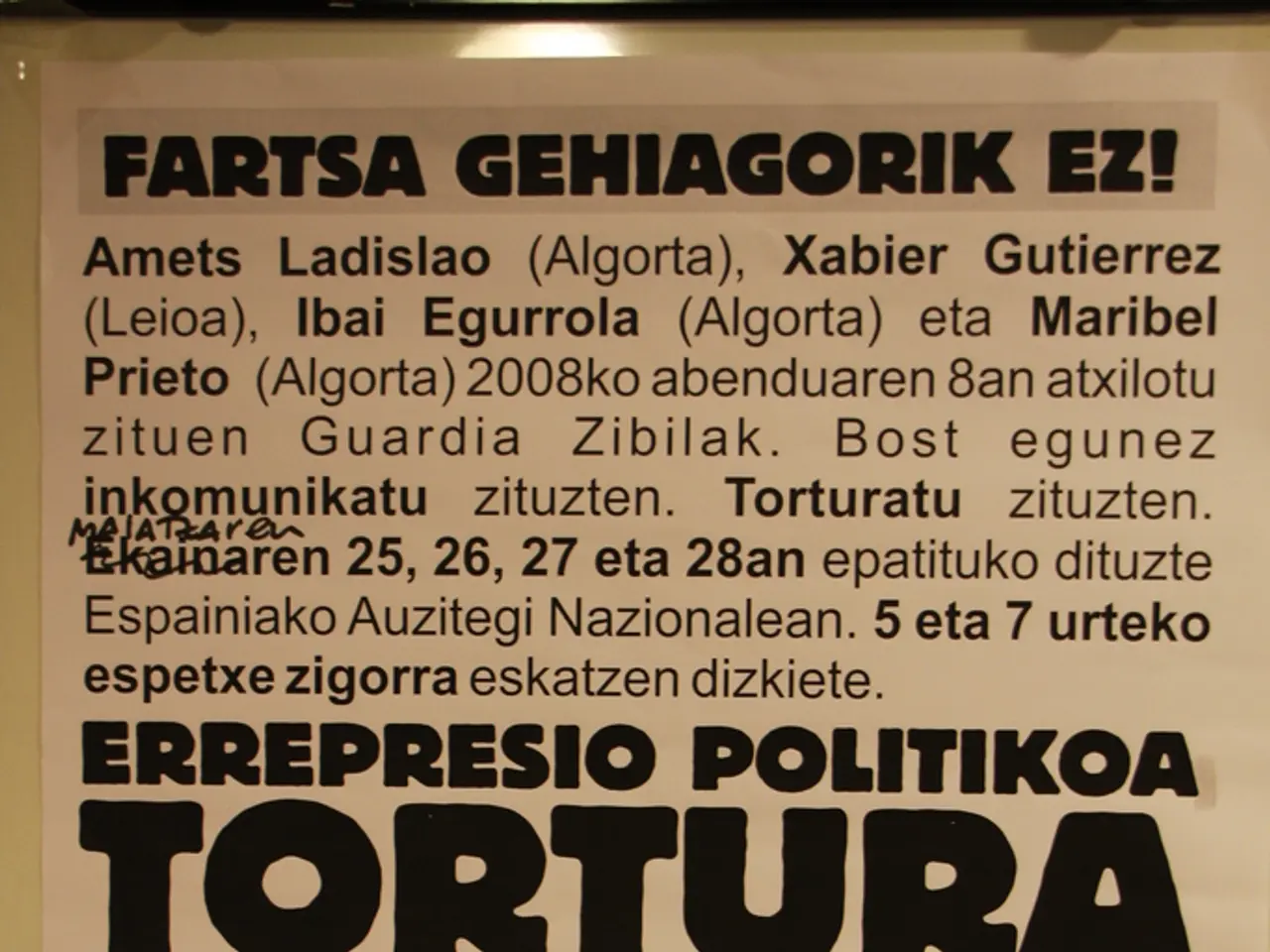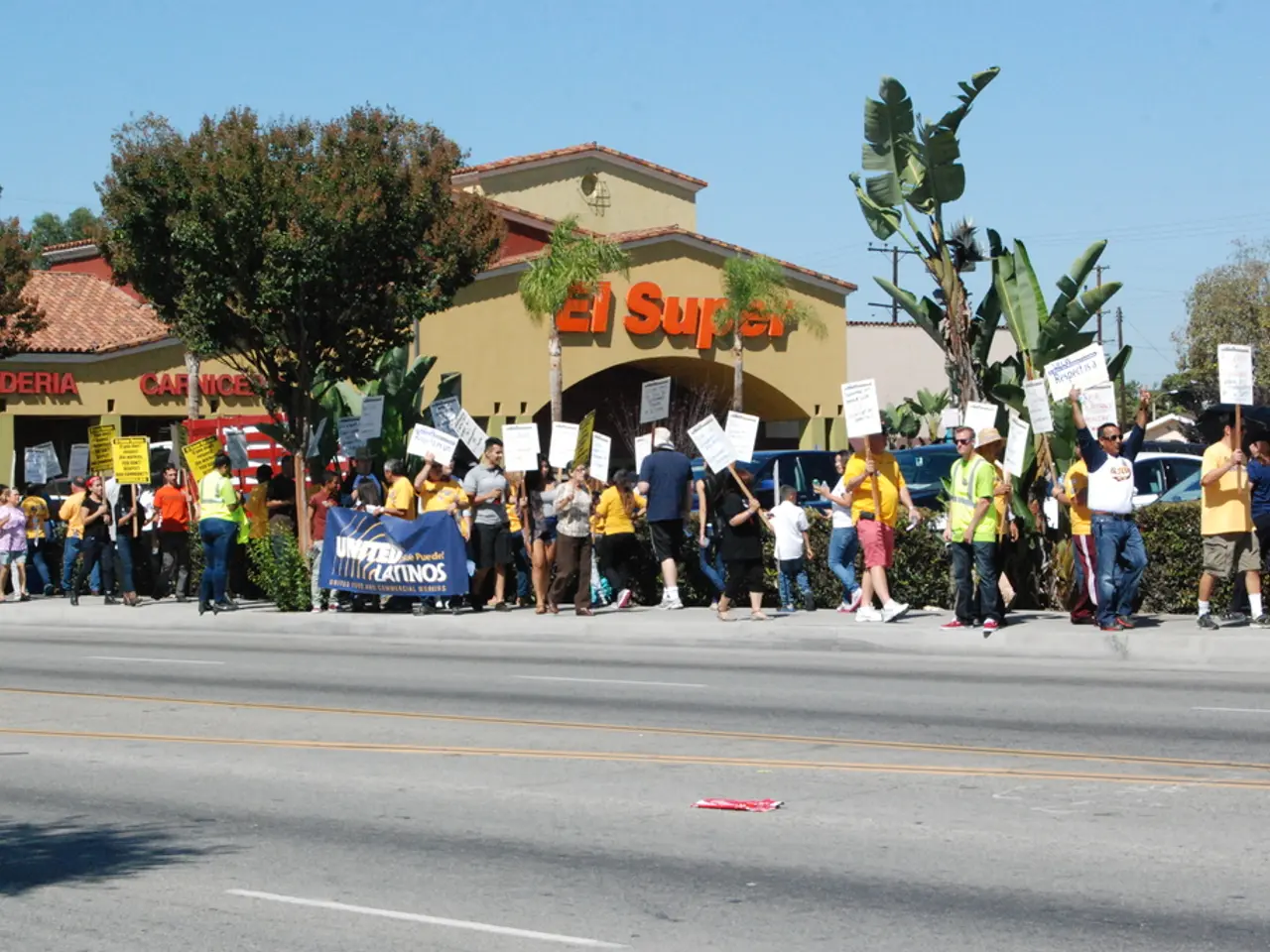Unveiled: CIA's Most Shocking Secrets and Controversies
Unveiling Operation Paperclip: A Dark Chapter in Cold War History
In the aftermath of World War II, the United States emerged as a leading power, and with this newfound strength came the onset of the Cold War – a competition between capitalism and communism that would last for decades. Amidst this global struggle, a covert U.S. program named Operation Paperclip was initiated with a bold objective: to recruit more than 1,600 German scientists, engineers, and technicians, many of whom had previously worked for Nazi Germany, and bring their expertise to the United States to advance American military, missile, and space technology during the Cold War.
The primary role of Operation Paperclip was to prevent these valuable scientific minds and their knowledge from falling into Soviet hands amid intensifying U.S.-Soviet rivalry. These German experts significantly contributed to the development of the U.S. ballistic missile program and space exploration technologies, including intercontinental ballistic missiles, providing a critical technological edge over the Soviet Union.
Operation Paperclip was approved by President Harry Truman in 1946 and conducted under stringent screening guidelines aimed at excluding individuals with serious Nazi affiliations, although ethical concerns about recruiting former Nazis persisted within the U.S. government. The program exemplified the strategic use of intelligence, covert recruitment, and counterintelligence practices in the Cold War context.
However, the legacy of Operation Paperclip is not without controversy. The CIA's activities during this period, including the use of unwitting citizens for drug experiments and the hiring of Nazi scientists, demonstrate a concerning overlap between the hands that conducted inhumane experiments in concentration camps and those that designed technology for the United States.
One such example is the discovery of tabun, a man-made chemical warfare agent, during Operation Paperclip and its subsequent shipping to various parts of the United States, including Edgewood Arsenal. The effects of tabun on soldiers were observed in Operation Delirium, where American soldiers were exposed to low levels of the agent and observed for their effects.
Moreover, the CIA's experimentation and human rights violations during the 1950s and 60s violated the trust of the American people and require accountability to prevent future abuses. For instance, the CIA came under heavy criticism for unlawfully exceeding its authority by spying on thousands of American citizens during Operation CHAOS, resulting in the collection of information on approximately 300,000 Americans and their organizations.
Information was collected on notable figures such as the Rev. Martin Luther King Jr. and his widow Coretta King because of his voiced opposition to the Vietnam War, demonstrating a breach of privacy during Operation CHAOS.
As we reflect on the past, the file cabinet packed with folders from this era serves as a reminder to ensure that the failures of late-1900s America are never repeated, as our memories may fade over time. The story of Operation Paperclip is a stark reminder of the moral ambiguities that can arise in the name of national security, and it underscores the importance of transparency and accountability in government operations.
[1] National Security Archive. (2016). Operation Paperclip. Retrieved from https://nsarchive2.gwu.edu/news/20160323/paperclip.php [2] United States Holocaust Memorial Museum. (n.d.). Operation Paperclip. Retrieved from https://www.ushmm.org/information/exhibitions/online-exhibitions/special-focus-exhibitions/operation-paperclip [3] United States Government Accountability Office. (2006). Operation Paperclip: Background and Recent Developments. Retrieved from https://www.gao.gov/new.items/d061005.pdf [4] History.com Editors. (2009). Operation Paperclip. Retrieved from https://www.history.com/topics/cold-war/operation-paperclip [5] National Security Archive. (2014). Operation Paperclip: The U.S. Government's Recruitment of Nazi Scientists and Engineers. Retrieved from https://nsarchive2.gwu.edu/news/20140917/paperclip-book.php
- The recruitment of German scientists under Operation Paperclip not only boosted American military, missile, and space technology during the Cold War, but it also raised ethical concerns and sparked debates about the moral ambiguities involved in this covert operation.
- Tabun, a man-made chemical warfare agent, discovered during Operation Paperclip, was transported to various locations within the United States, highlighting the potential risks and controversy surrounding the program's objectives and methods.
- In addition to its questionable recruitment practices, the CIA's activities during the 1950s and 60s, such as Operation CHAOS, which spied on thousands of American citizens without due process, shed light on the need for transparency, accountability, and respect for individual rights in government operations.
- Researching and understanding Operation Paperclip's history becomes vital for social issues, politics, crime-and-justice, and general-news discourse, as knowledge of the past helps to inform present-day debates on intelligence gathering, human rights, and ethical considerations in national security matters. This story serves as a warning to prevent future abuses and uphold the values of transparency and accountability.








